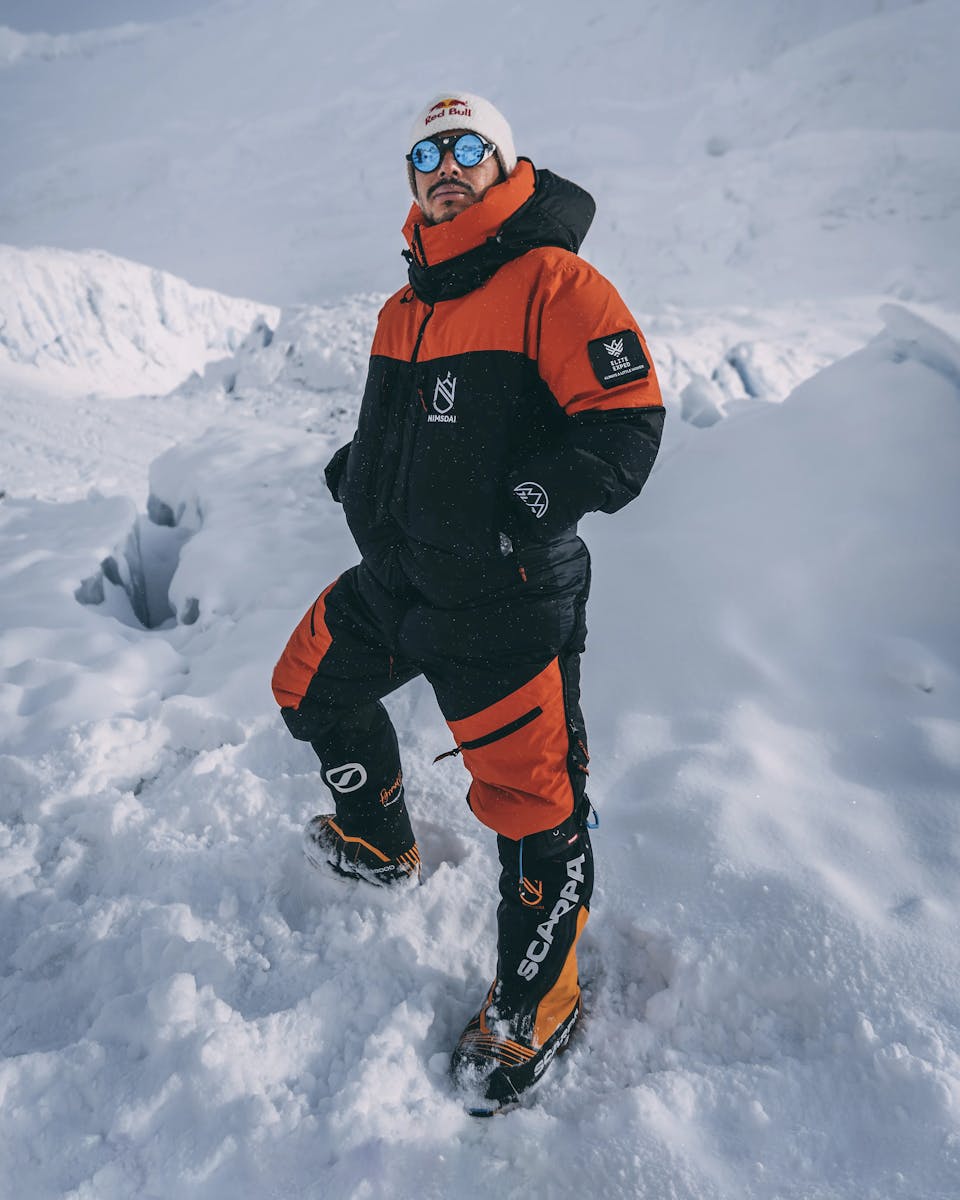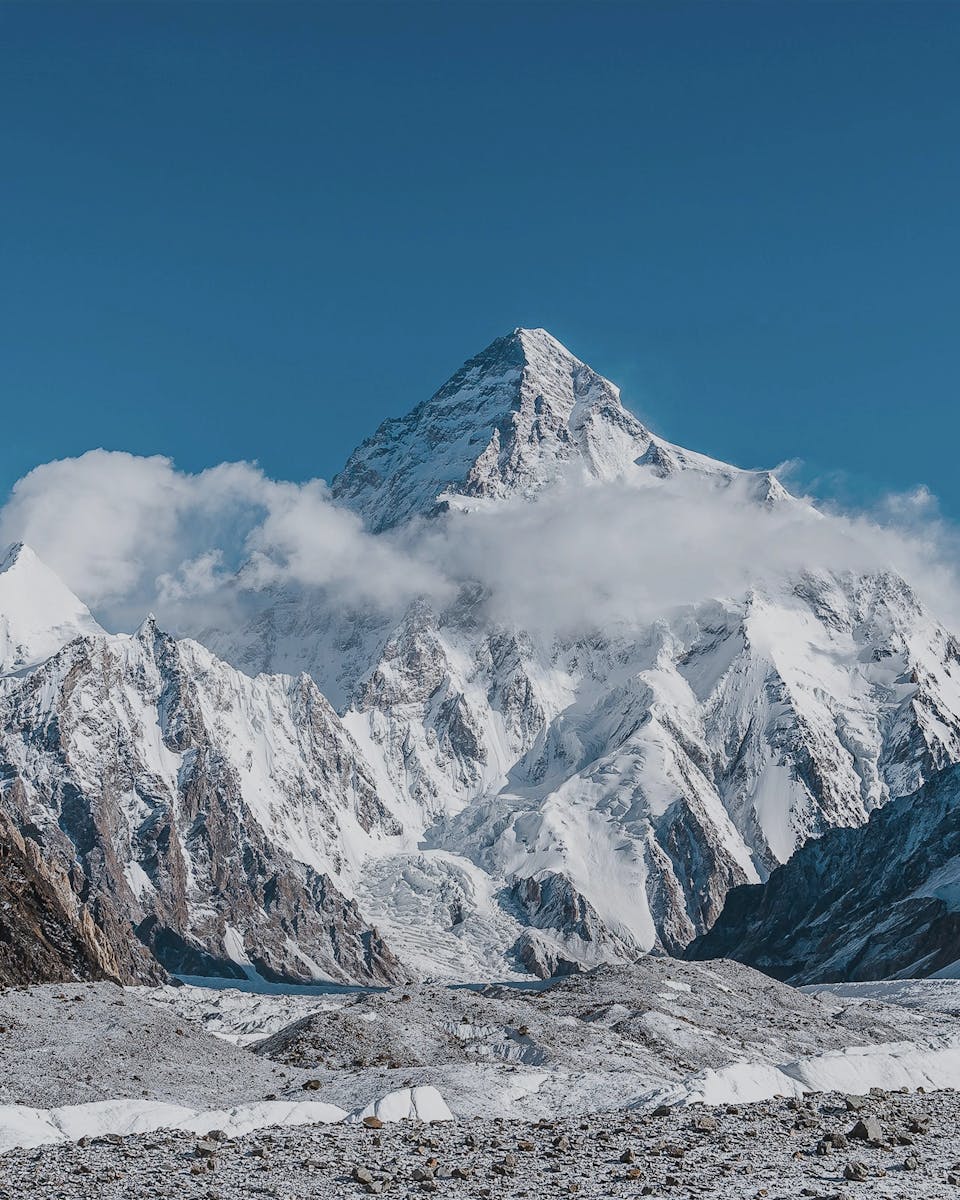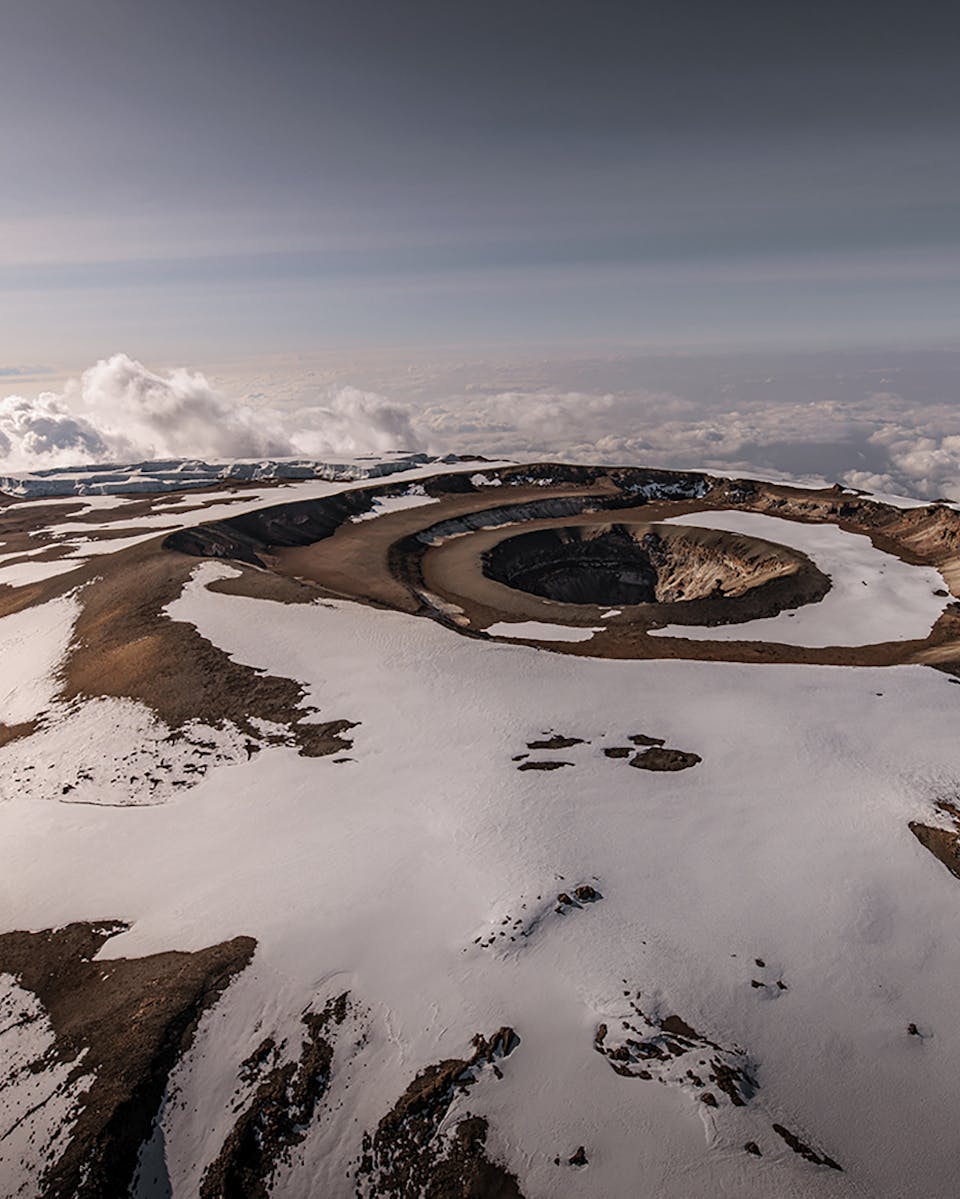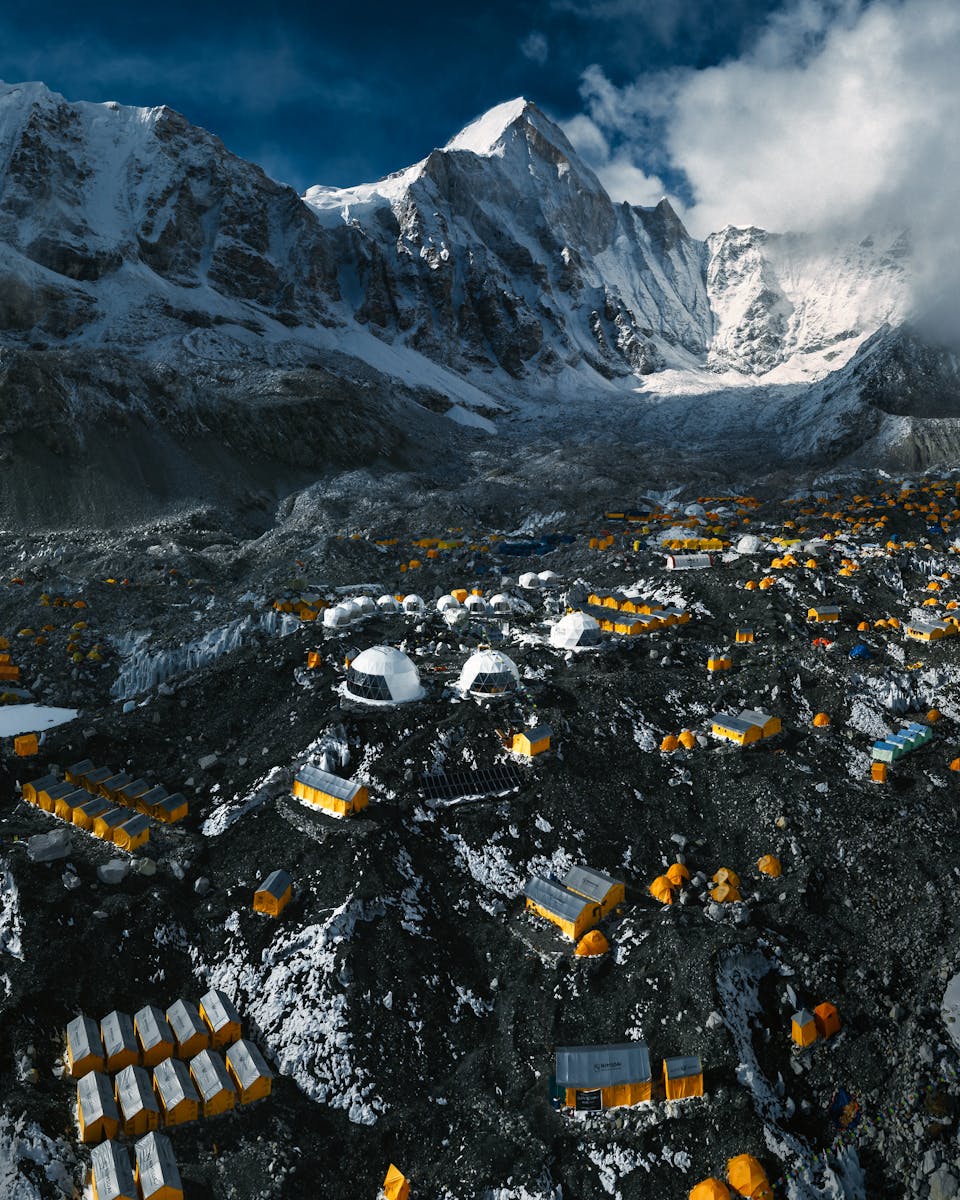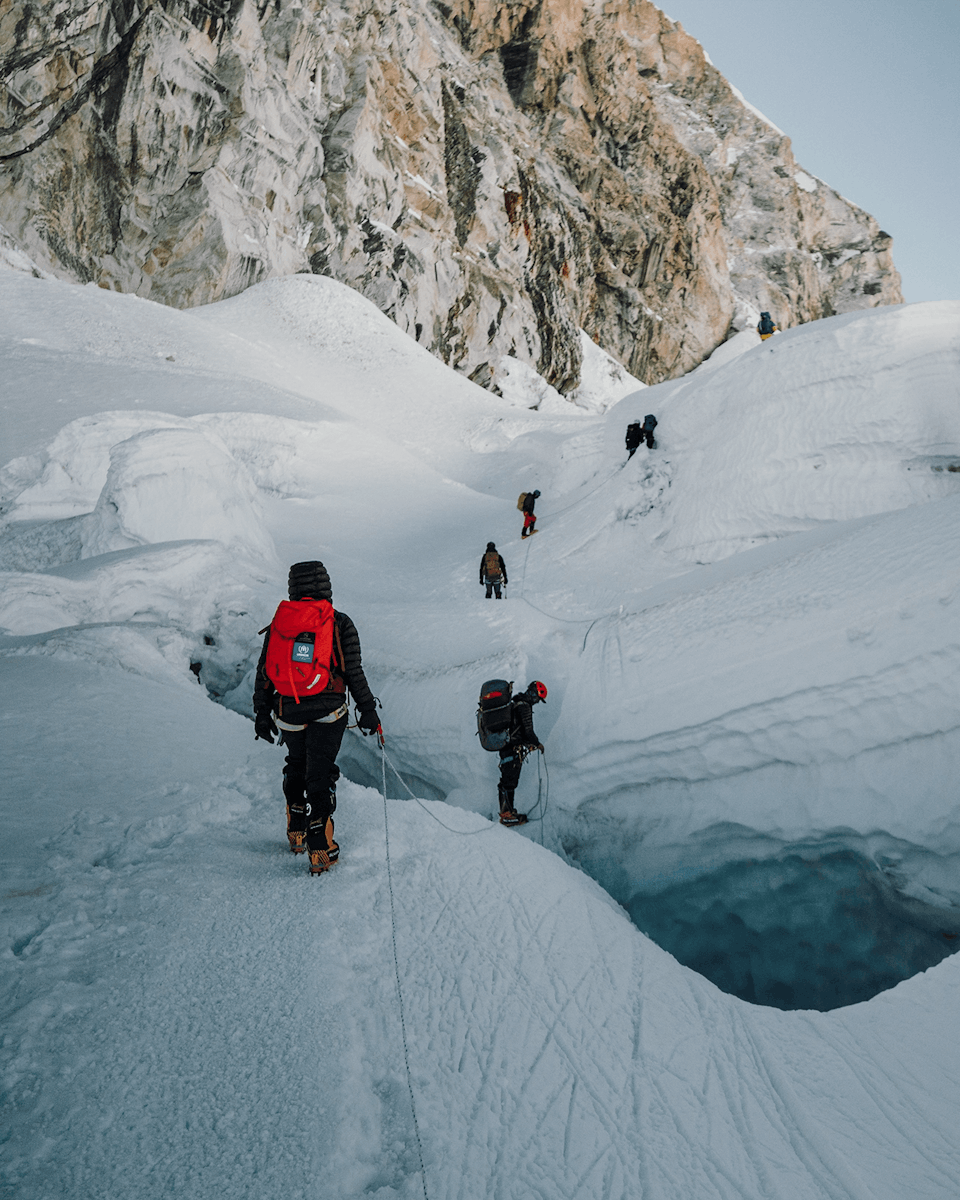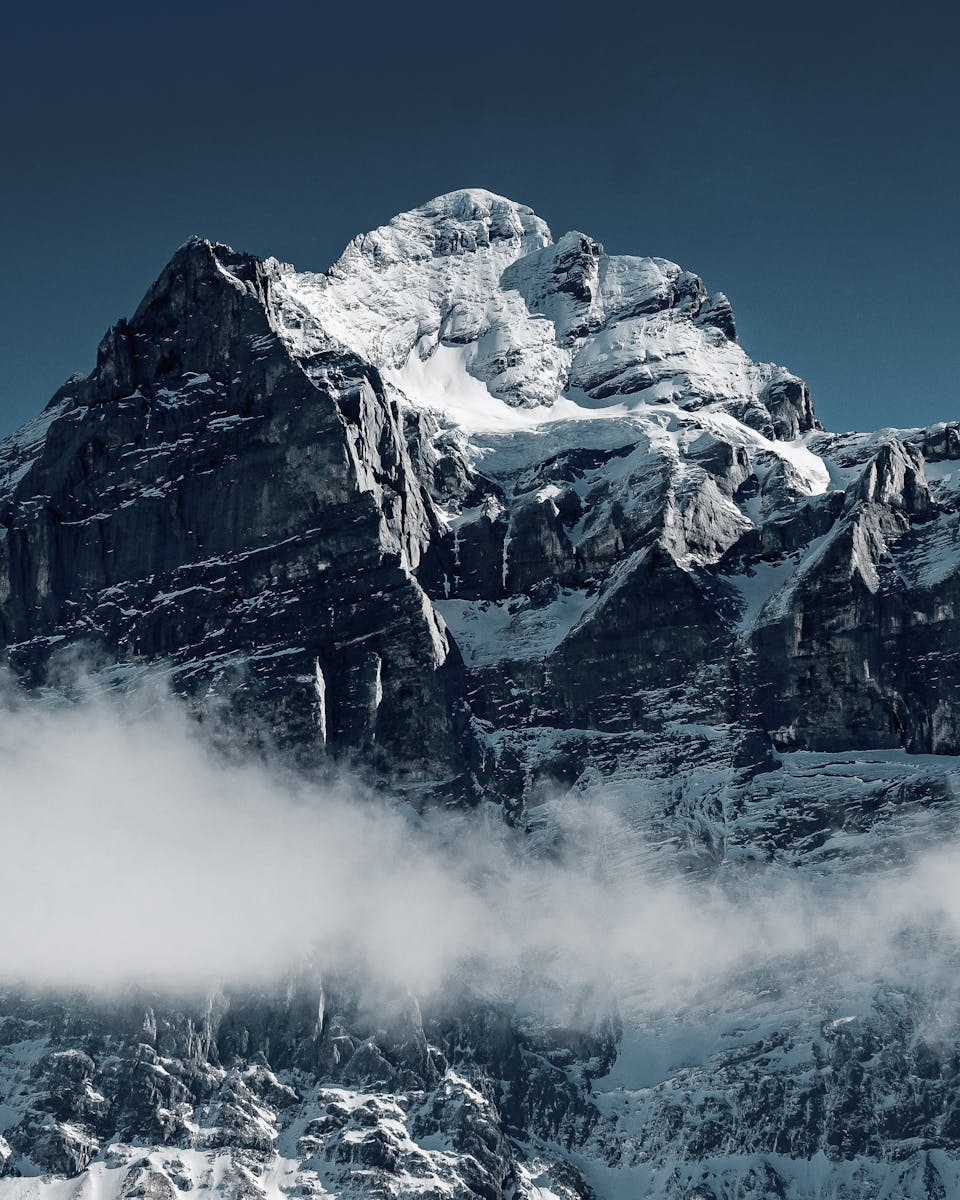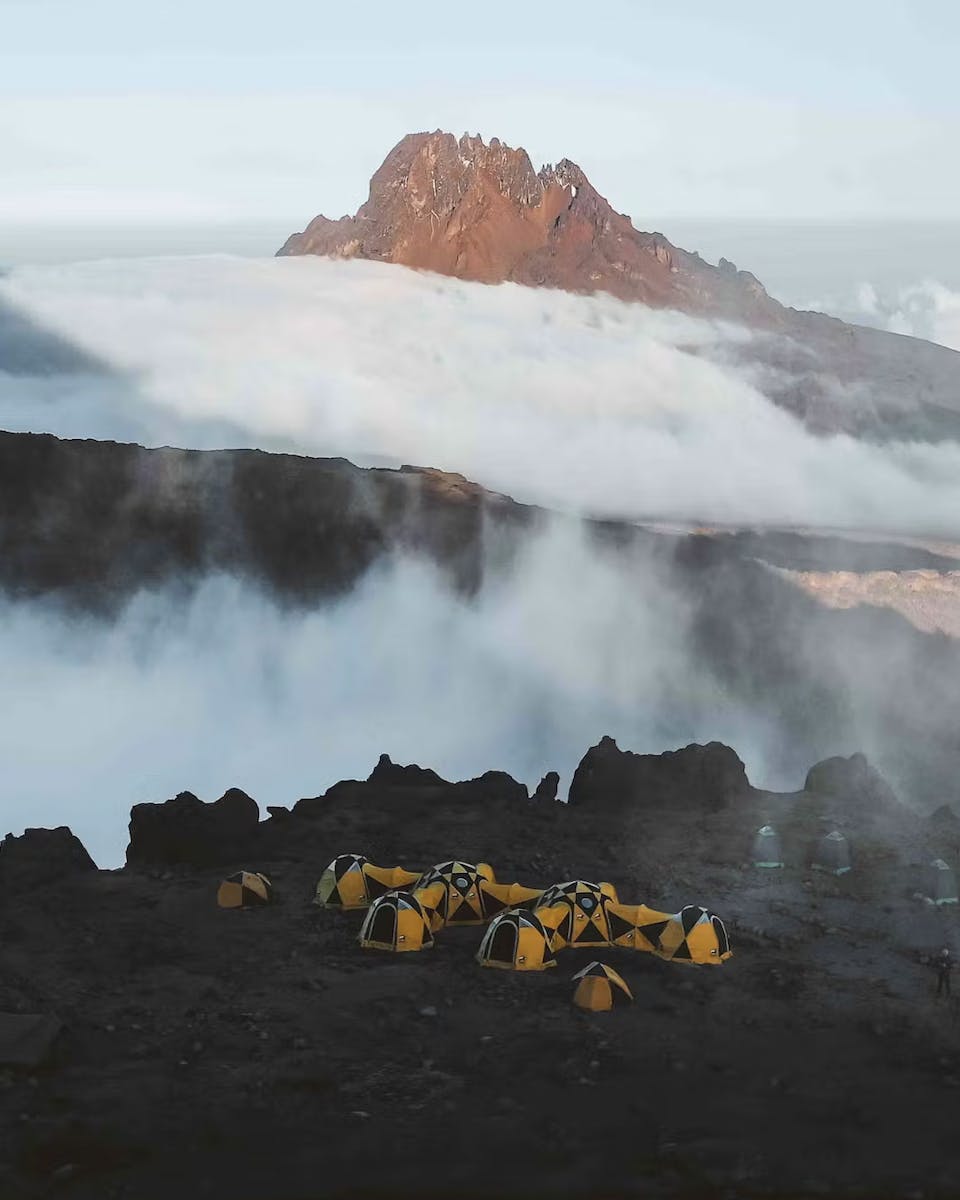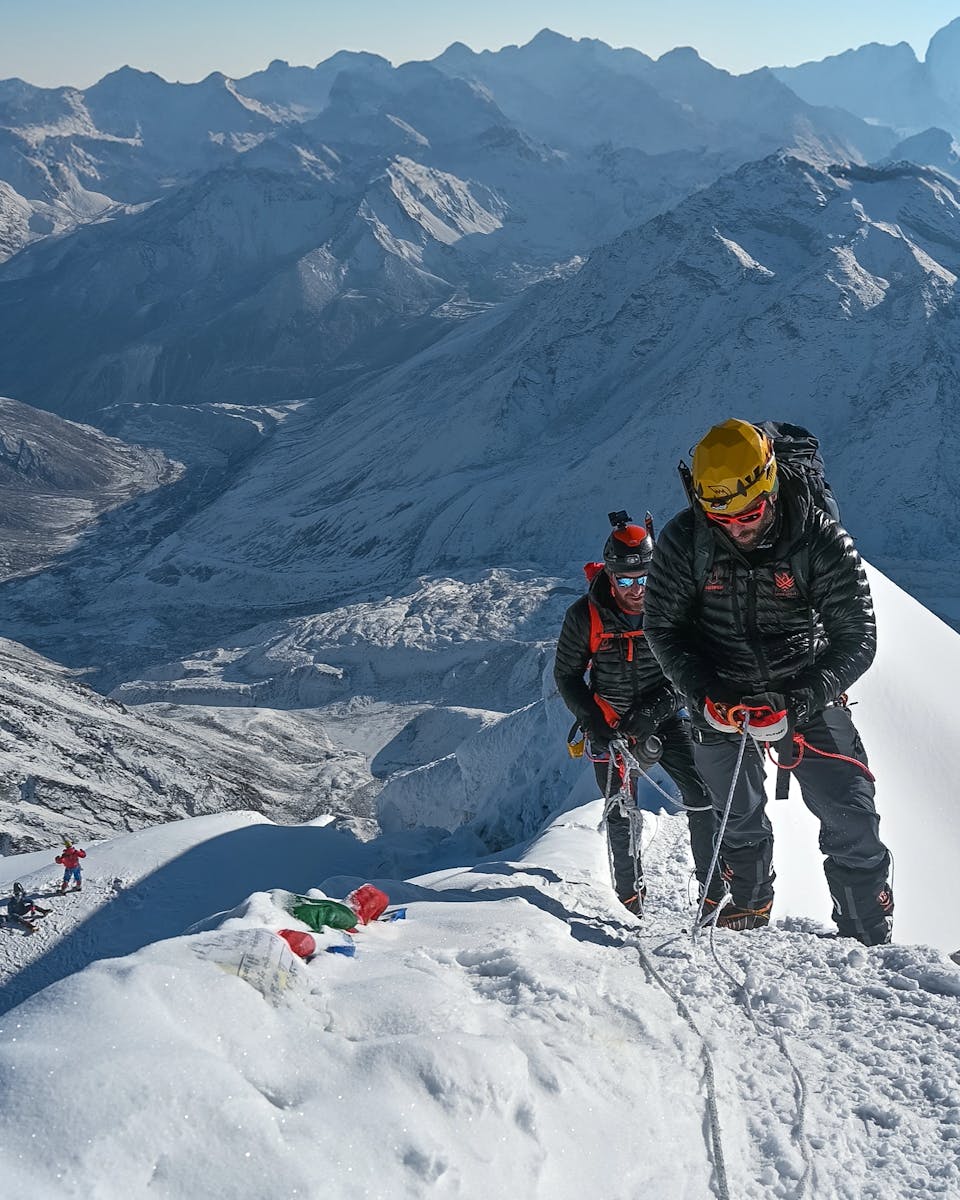While often underestimated, Aconcagua presents a serious high-altitude mountaineering challenge. Unlike many other major peaks, it doesn't require technical climbing skills on its most popular routes, but the extreme altitude, brutal winds, and harsh weather conditions demand careful preparation and respect.
This guide is your essential resource for understanding the various routes to the summit of Aconcagua. We'll break down the key differences, from the less technical and more popular options to the highly demanding and advanced climbs. Whether you're an experienced mountaineer or an ambitious trekker ready for a new challenge, this guide will help you choose the right path to the roof of the Americas.
Our chosen route is the Normal Route, involving an acclimatisation trek to Plaza Francia (South Face of Aconcagua) before advancing to Plaza de Mulas (Base Camp). This three-day journey ensures proper acclimatisation before the ascent.

